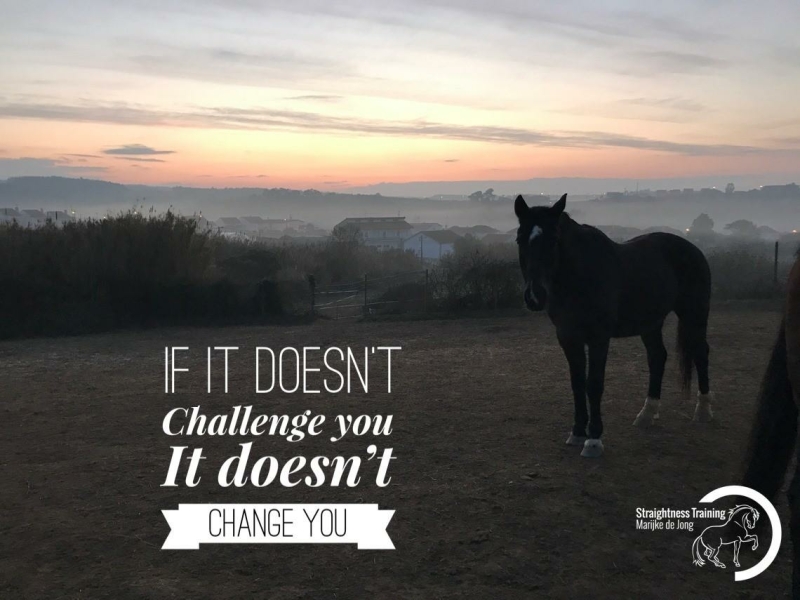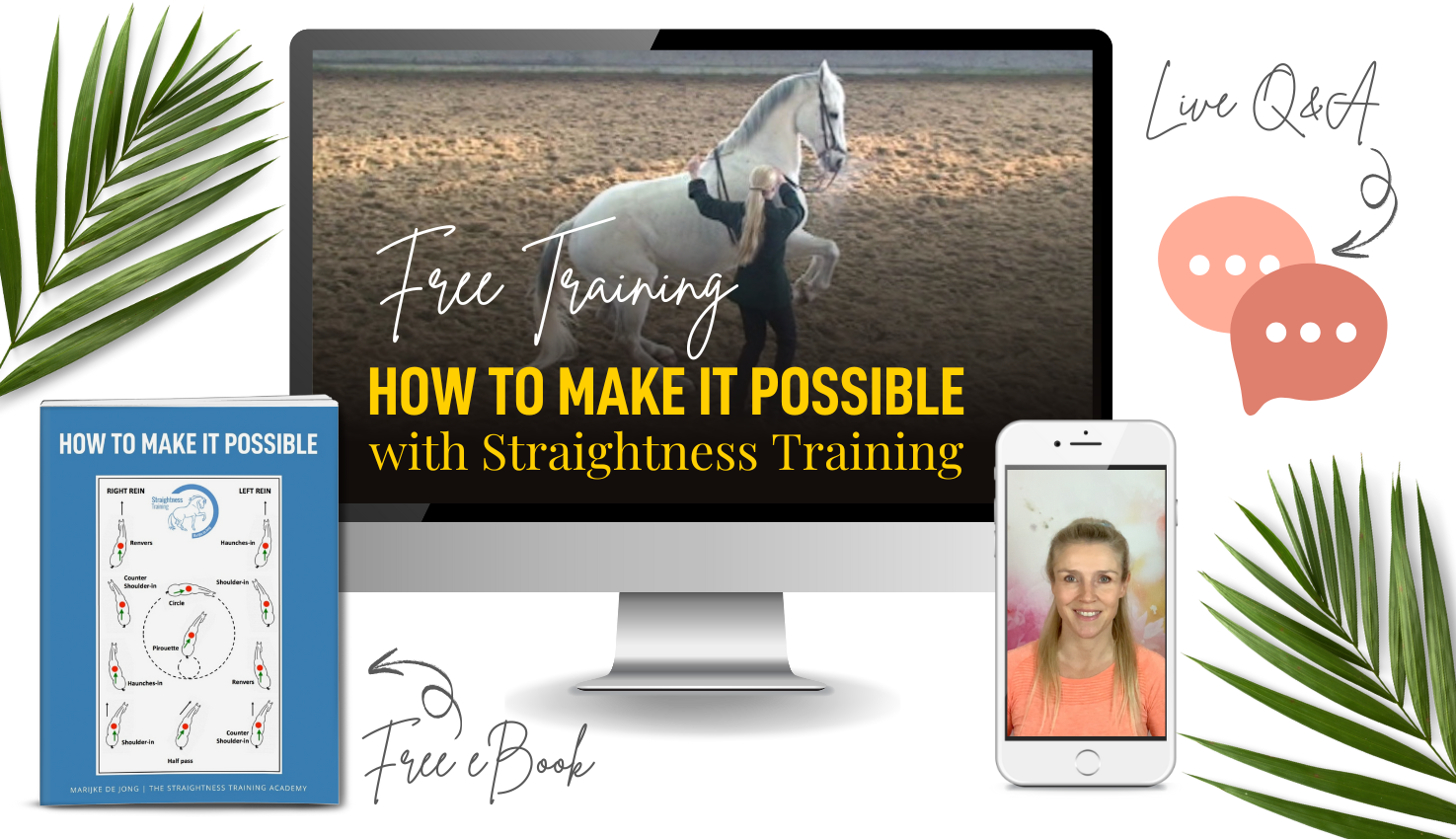
Problem horse – or – People having problems with their horse?
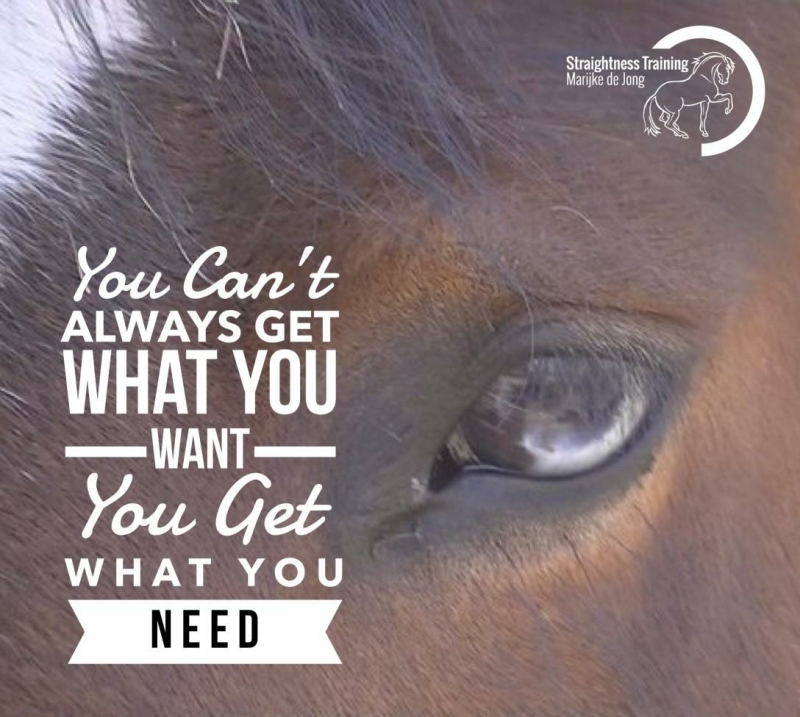 If we are always trying to get away from difficult horses, then how are we ever going to understand them fully?
If we are always trying to get away from difficult horses, then how are we ever going to understand them fully?
And if we are always trying to escape difficult situations, how can we master them?
I have been working in the equestrian world for decades, and I have seen the same thing over and over again:
- I see a lot of ‘avoidance’ strategies where people rather avoid difficulties than learning how to deal with them.
- Or people fighting the symptoms, rather than addressing the root of the problem so they can turn things around and make a positive change.
I also notice, that wherever I come in the world, from South Africa to Brazil, to the US, to Europe, people love horses, and they all want the same:
They are always looking for a deep connection with their horse, and they are looking for a light, soft, motivated, and balanced horse that is a pleasure to ride.
But in reality, a lot of riders are experiencing a lot of stress and frustration with their horses because of all kinds of physical and mental issues.
Take The Opportunity To Grow
Whenever we’re faced with a problem, it’s an excellent opportunity to learn and to grow.
For example:
- My horse Maestro had a mixture of natural asymmetry issues, and he taught me all about straightening a horse’s body.
- El Blanco was full of mental issues, and he taught me all about rebalancing a horse’s mind, soul, and spirit.
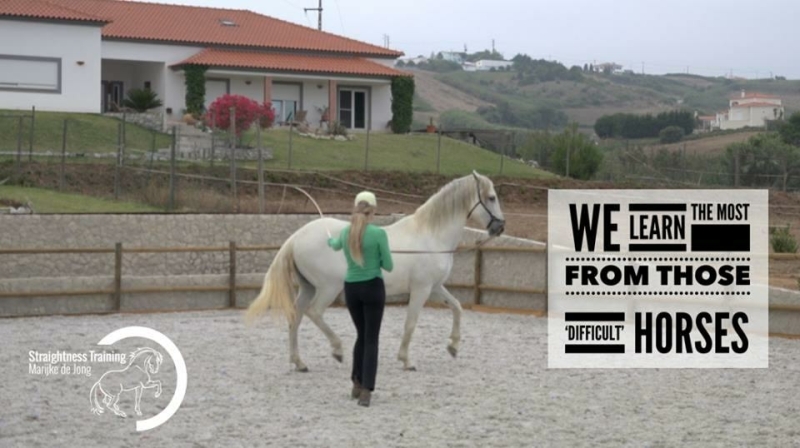
At first, it was maybe not what I wanted, but what I needed!
It made me a better horse trainer!
Both horses were like fascinating puzzles that could be solved!
And we can only do so by widening, broadening, and deepening our understanding.
Close The Gap
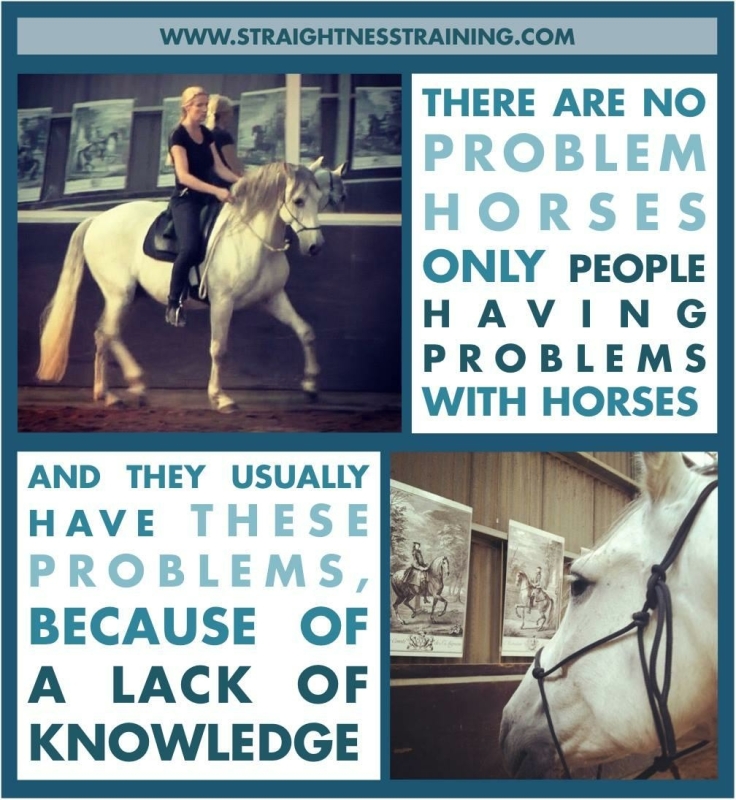 In Straightness Training (ST), we don’t think in terms of ‘difficult’ horses or ‘problem’ horses.
In Straightness Training (ST), we don’t think in terms of ‘difficult’ horses or ‘problem’ horses.
Instead, we believe that there are only ‘people having problems‘ with horses.
And that those problems can be solved, because people usually have these problems because of lack of knowledge and understanding.
By using ST, we can close the gap between what we don’t know and what we need to know so we can understand our horse and act appropriately.
So when you’re dealing with a ‘difficult’ horse, congratulations!
You’re about to learn a tremendous amount!
And your knowledge will grow sky high!
Ask the Right Questions
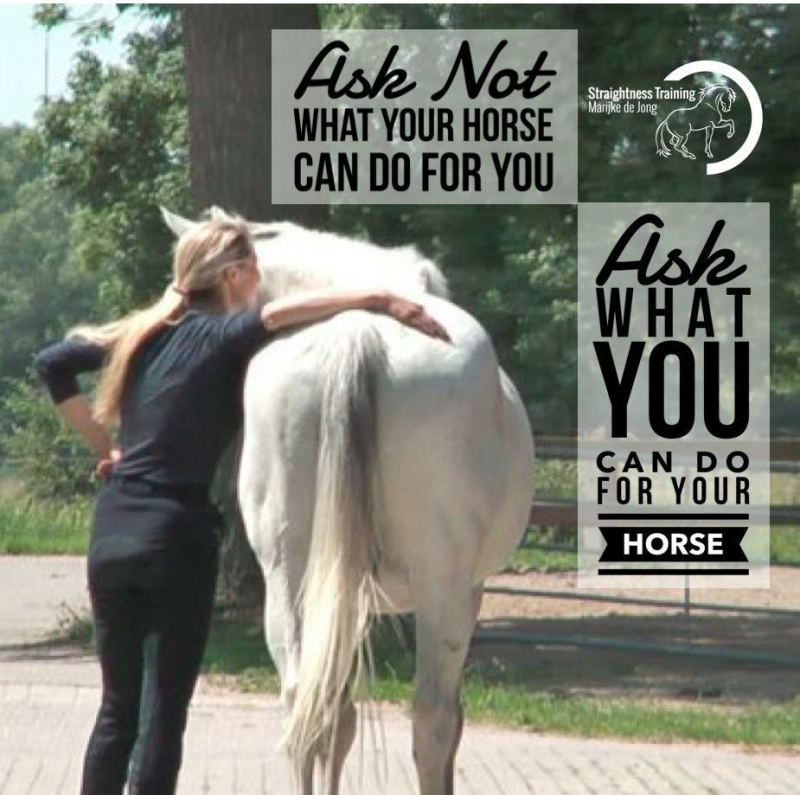
When we’re dealing with a challenging horse, the first step we need to take is:
Ask yourself the right questions!
For example:
- What’s the good in this?
- What can I learn here?
- What can I do for my horse?
- How can I make a positive difference?
- How can I turn things around?
- How can I create long-lasting change?
Take The Challenge, Make The Change
Challenges are what changes us and help us improve as a horse trainer.
If a situation with our horse can’t do the first part, it won’t be able to do the latter.
With the challenge comes change.
Challenges are part of how we grow, how we improve.
If we want to learn something new, it is, by definition, a challenge.
Everyone is on a spirtual journey, everyone has an ST Pyramid to climb.
And the ST Pyramid might look huge when we are standing at the base looking up.
We all face challenges along the way.
If we avoid them, we don’t change, we don’t grow.
But if we face them, and even if we don’t get where we hoped, we learn a lot about ST, our horse, and about ourselves in the process.
The reward is how the expeditions and the experiences help us change and become more.
